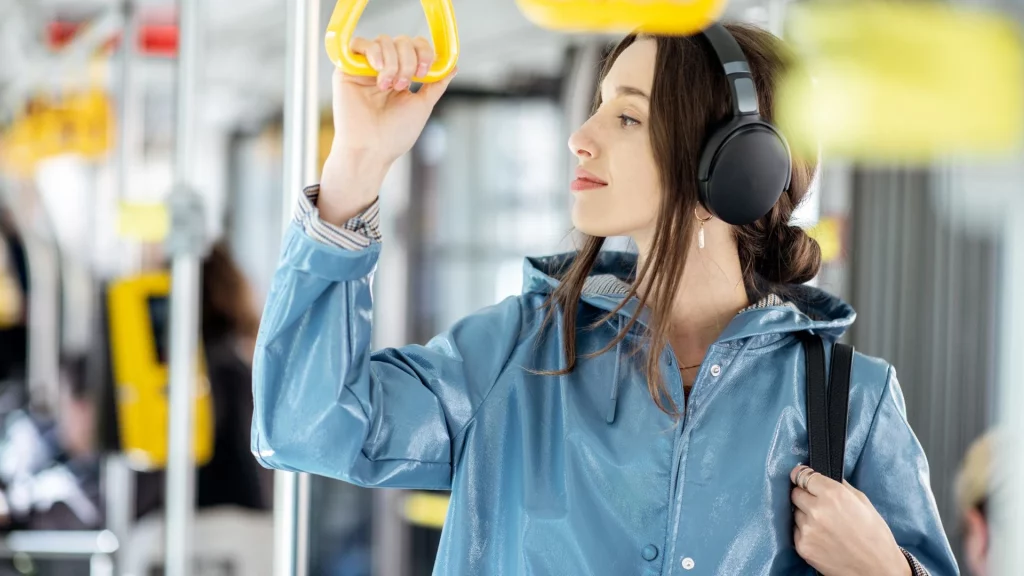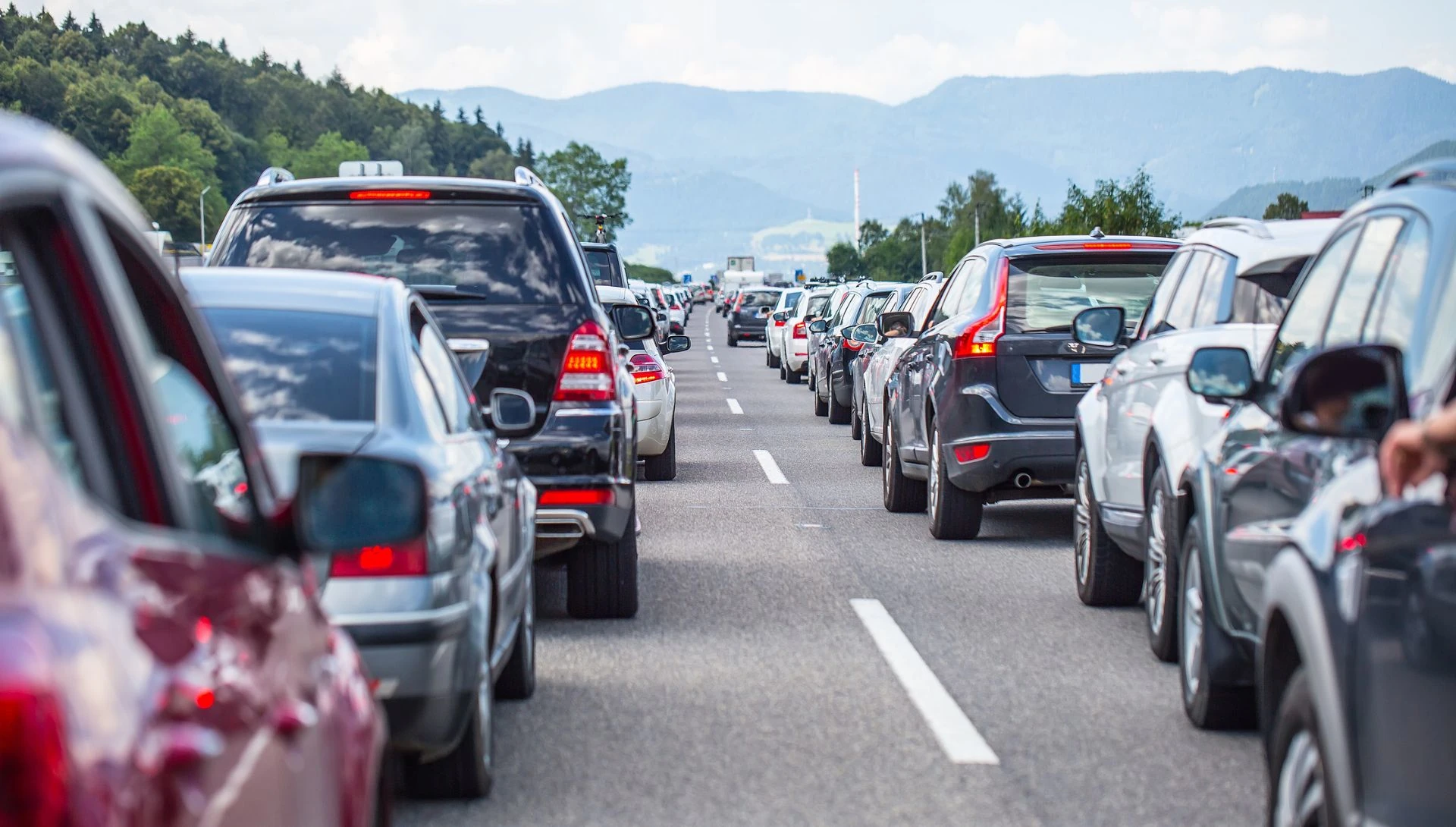On average, the typical commuting Aucklander might spend up to 85 hours of their life waiting in traffic over the course of a year. That’s just over three days of waiting for the person ahead of you to get a move on, and it can be even worse for drivers who face the roadways at rush hour.
Aside from the psychological impact of spending this much time idling in traffic, there are massive environmental implications as well. The effects of traffic congestion on the environment can’t be overstated, with a variety of facets of the natural world taking a heavy toll thanks to Auckland’s constant traffic exhaust.
Today, as Auckland’s traffic management experts, we’re taking a closer look at the environmental effects of traffic congestion across Tāmaki Makaurau — and exploring practical solutions for a greener way forward.
How Traffic Can Impact the Environment
Air Pollution and Greenhouse Gas Emissions
One of the most pressing effects of traffic congestion on the environment is undoubtedly air pollution. Idling vehicles release a mix of harmful chemicals into the atmosphere, with some studies estimating that a single car can emit up to half a kilogram of CO2 for every hour it idles.
If we take the average Auckland commuter into account, that’s about 42 kilograms of CO2 emitted per year. When you consider the sheer number of drivers in Auckland, that amounts to a fairly shocking emissions statistic. Since greenhouse gases are a major contributor to global warming, traffic is easily understood as a major driver of climate change.
Noise Pollution and Its Ecological Impact
Aside from the gases emitted by the exhaust pipes on cars, the sound cars make while idling can have a profound impact on both humans and wildlife. The constant honking, engine revving, and tyre friction contribute to high-decibel noise levels that can cause stress, anxiety, and hearing problems in humans.
For wildlife, noise pollution disrupts natural habitats and communication. Birds and other animals rely on sound for mating, navigation, and predator awareness. Continuous exposure to traffic noise can lead to changes in migration patterns, nesting behaviours, and population declines, ultimately affecting biodiversity.
Depleting Resources for Fuel
Fuel consumption is directly linked to traffic congestion. When vehicles frequently stop and start or idle in long queues, they consume more fuel per kilometre travelled. Not only does this increase the amount you’ll have to pay for your monthly gas bill, but it also seriously contributes to the depletion of natural non-renewable resources like petroleum and natural gas. Massive demand for fossil fuels has led to decades of drilling, deforestation, and land degradation, driving the world’s environment closer and closer to the brink.
The Urban Heat Island (UHI) Effect
The Urban Heat Island (UHI) effect is an indirect consequence of traffic congestion. Cities with high vehicle density tend to experience increased temperatures due to the heat generated by engines, exhaust emissions, and asphalt road surfaces. This heat retention can lead to higher energy consumption when local Aucklanders switch on their HVAC systems to cool down, placing additional strain on our local power grids and increasing our overall carbon footprint. All as a result of traffic!
What Does the Road Forward Look Like?
Looking at the problem like this, it can be easy to become discouraged. After all, with something this expansive and traffic so integrated into our daily lives, what road is there to travel on but the one we’re on? But as ever, necessity is the mother of invention. It’s imperative to explore innovative solutions to the effects of traffic congestion on the environment and find ways to minimise (or even reverse) the damage we do as a city.
Some of the most effective strategies on the table right now include:
- Upgrading our public transportation grids to encourage citizens to ditch their solo vehicles and minimise exhaust by sharing vehicles (or even biking from place to place).
- Gradually shifting toward a 15-minute city model, which places walkability above driveability and encourages pedestrians to have the run of the road, but ensures everything is just 15 minutes away!
- Transitioning to electric vehicles, which minimise emissions from traffic but do have some environmental consequences of their own.

The most important part of this equation is a commitment to finding a way forward as a city. Auckland is the biggest city in one of the greenest countries in the world, which means we are poised to put Aotearoa on the map with reduced traffic emissions.
Small, incremental steps enacted through smart infrastructure, policy changes, and increased civilian awareness have already started to make a difference. They will continue to do so as time goes on, but this road demands a little bit of acceleration. No more idling, Auckland. Let’s go greener.
Find the Road to a Better Auckland with TSL
At Traffic Systems Limited, we’re committed to finding new and innovative ways to bring sustainability to civil infrastructure. From using recycled materials in asphalt to reducing idling times at traffic lights, there are a thousand small things we can do to optimise the City of Sails and reduce its overall footprint.
Partner with us to keep Aotearoa green and our cities humming. Enquire today for any of our forward-thinking civil construction services.


